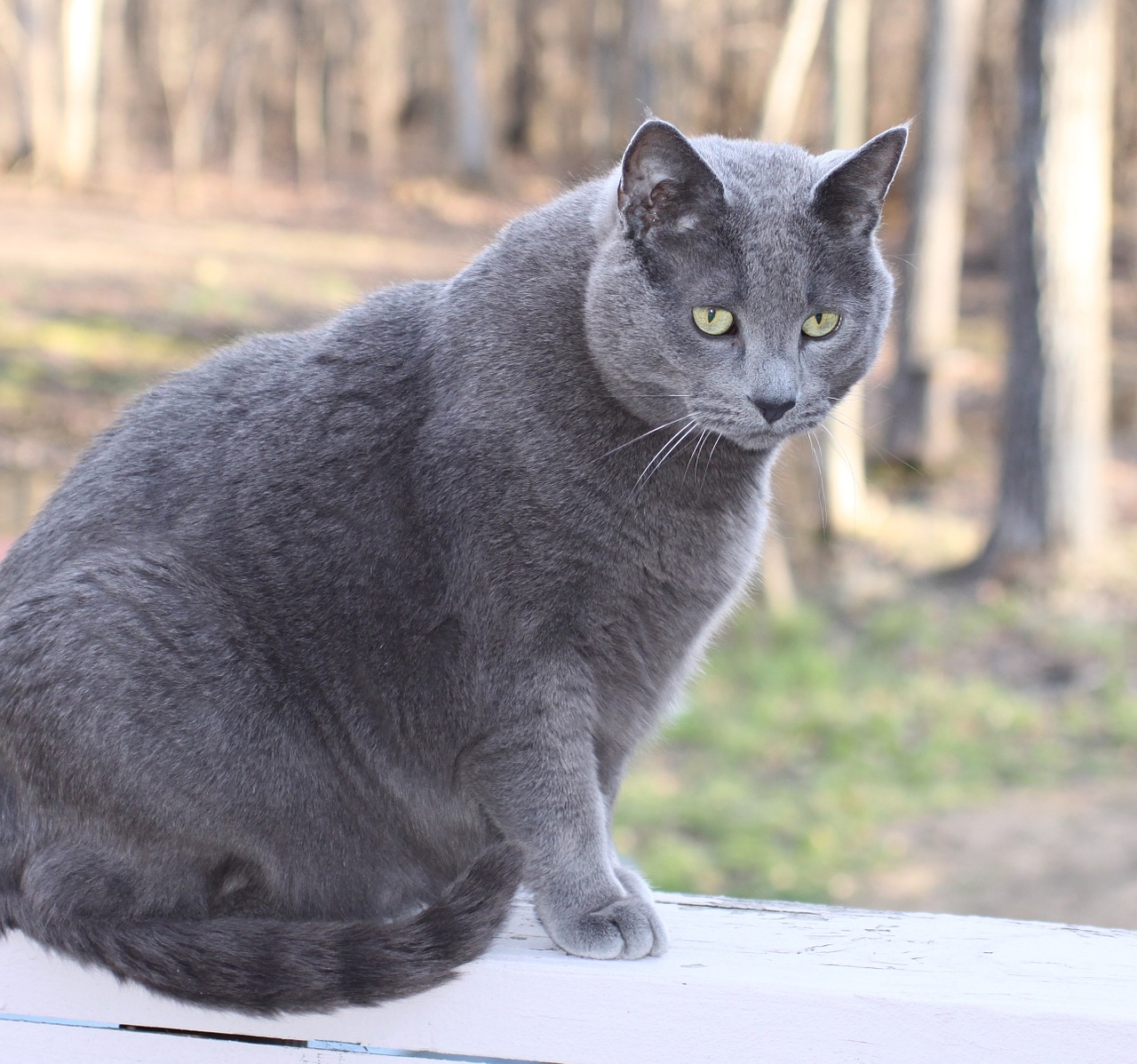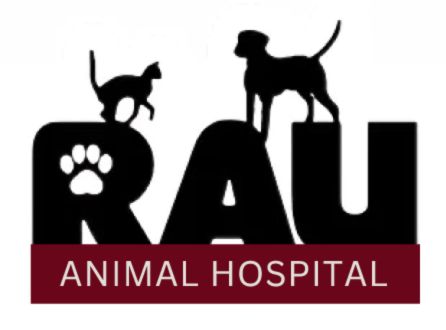According to a 2012 survey by the Association for Pet Obesity Prevention (APOP), 55 percent of U.S. dogs and cats are now overweight.
Many people think fat cats and pudgy pups are cute, but consider this:
Overweight pets don’t feel good. Overweight pets often appear tired or lazy, lack energy and playfulness, are reluctant to jump or run, have difficulty grooming, lag behind on walks and pant heavily. In addition, the extra weight puts stress on their joints, hearts, lungs, liver, kidneys are more.
Overweight pets need more veterinary care. Overweight pets are at risk for a variety of health problems, including skin infections, high blood pressure, heart disease, immune suppression, diabetes mellitus, orthopedic and arthritic disorders and some forms of cancer. These issues can greatly increase the amount of care the pet will need as a result of his or her weight.
Overweight pets do not live as long. It’s a sad fact, but possibly the most important one to consider: Most overweight pets experience a decreased life expectancy—up to two and a half years, according to APOP.
Weight loss is a simple answer to all of these problems. It can decrease the stress on joints (especially important for pets with arthritis), help facilitate examination and surgical procedures, improve cardiovascular function, enhance athleticism and reduce or eliminate the need for certain medications required to manage medical disorders. In addition, it will help you spend less time and money at the vet!

Could your pet stand to shed a few pounds? Help him or her slim down with these tips:
- See your veterinarian. Many pet owners are shocked to learn what an ideal body weight for a cat or dog actually looks like. A veterinarian can help you assess your pet’s weight correctly and develop a plan of action.
- Measure your pet’s food. How much food do you feed your pet? A handful? A scoop? Something in between? Measuring your pet’s food allows you to keep track of exactly how much your dog or cat is eating and helps keep his or her intake consistent.
- Avoid free feeding. Free feeding, or having food available at all times, can encourage overeating. To prevent this, try meal feeding your pet instead. This means that he/she is fed at specific times of the day only and whatever food is not eaten within 30 minutes should be picked up.
- Give treats sparingly. For dogs, vegetables like carrots and green beans are a great substitute for treats from a box or bag. For cats, try hiding treats around the house, encouraging the cat to “hunt” for his or her food.
- Feed “human” food appropriately. For dogs, we recommend feeding cooked vegetables and protein, like steamed broccoli and chicken breast, in addition to canned food or kibble. Foods high in fat, salt and sugar should be avoided. Table scraps, such as fat trimmed off a steak, may cause severe indigestion, including vomiting and diarrhea. Keep in mind that some foods, such as onions, avocados and grapes, are toxic to pets as well.
- Exercise with your pet. Physical and mental stimulation are vital keeping your pet happy and healthy, including keeping him or her slim. Take your dog for regular walks and play with your cat for at least five minutes twice daily.
If you have questions or concerns about your pet's weight, contact us for an appointment.

